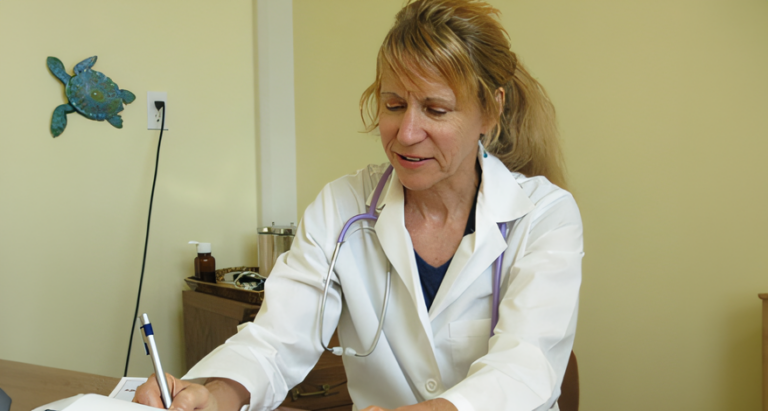From the Clinical Trenches
Dear community, As you all are aware, the treatment of patients suffering from tick-borne diseases can…

Dear community, As you all are aware, the treatment of patients suffering from tick-borne diseases can…

Christine Green, MD, is a Stanford-trained, board-certified family medicine physician with 30 years of experience treating…
End of content
End of content